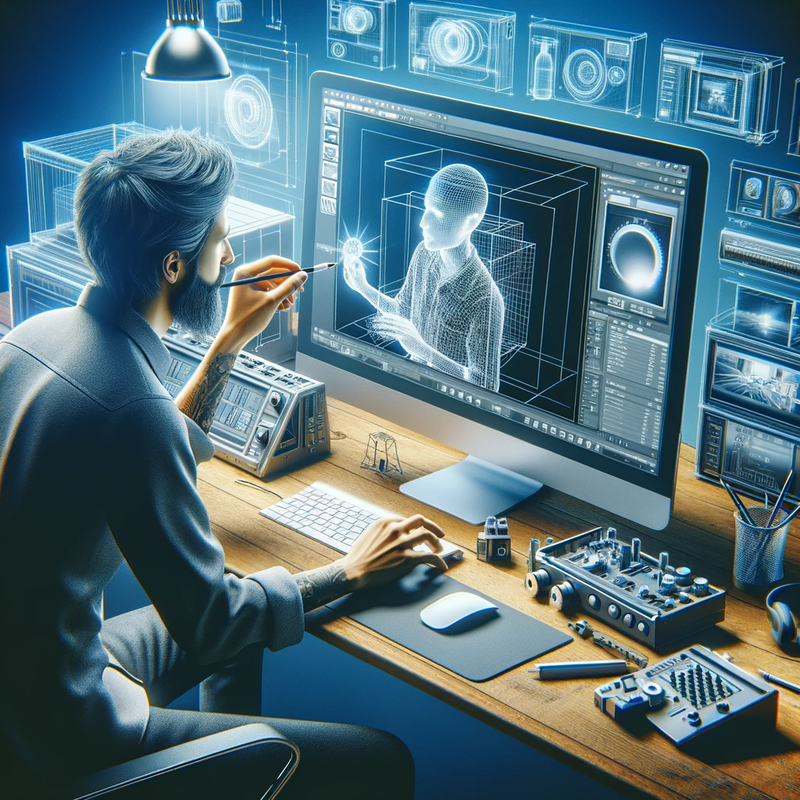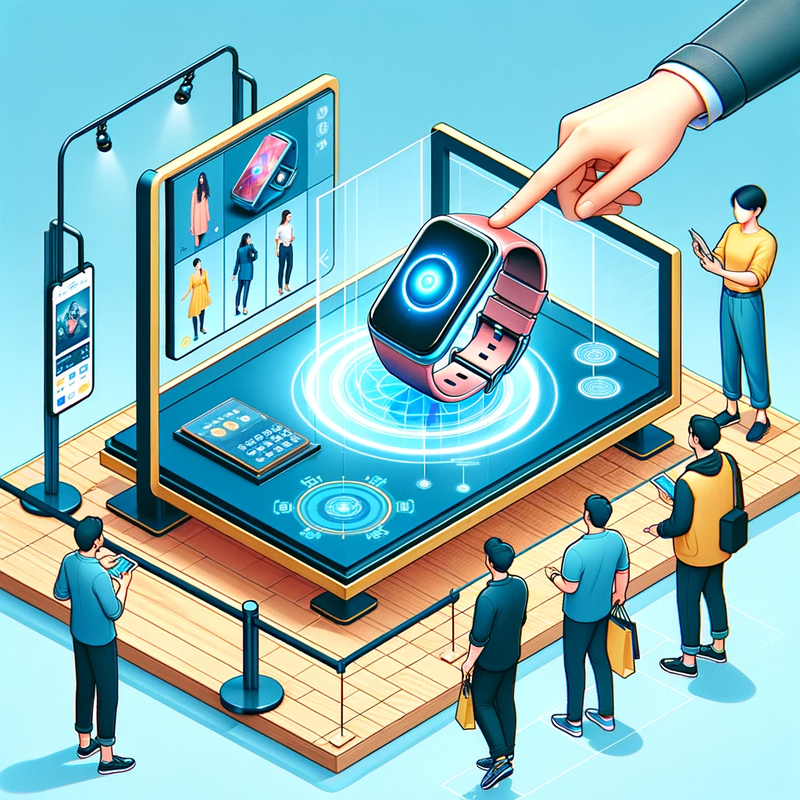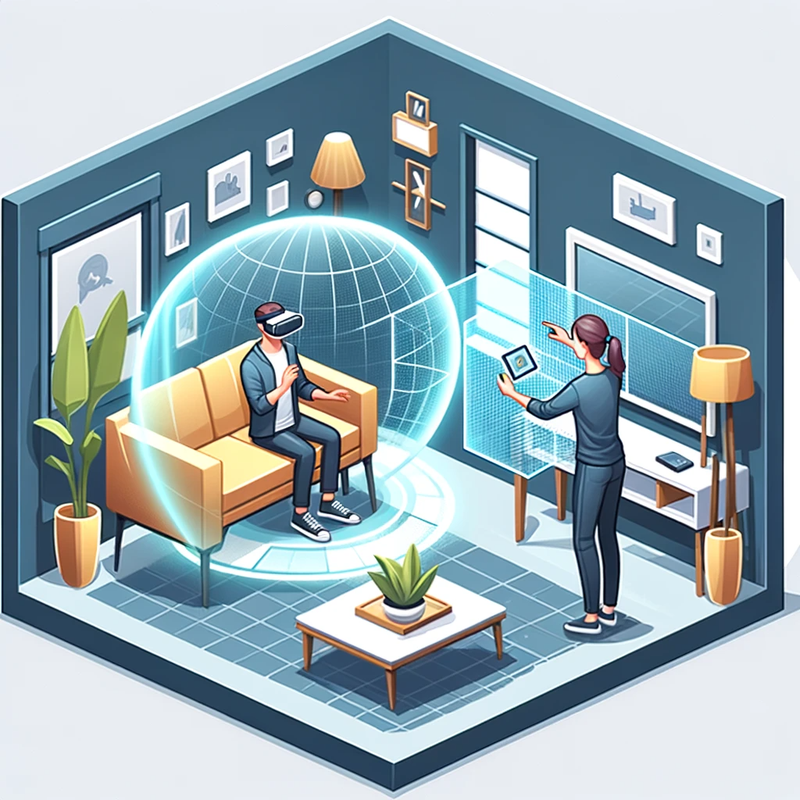Revolutionizing Product Visualization: How 3D Rendering is Changing Advertising
In an era of rapidly evolving technology and consumer expectations, advertising agencies constantly seek new ways to captivate their audiences and effectively convey their clients' messages. One such technological advancement that is revolutionizing product visualization is 3D rendering. By creating photorealistic, interactive, and engaging visuals, 3D rendering is transforming the advertising and marketing landscape.
Defining 3D Rendering in Advertising

3D rendering is creating an image based on three-dimensional data stored within a computer. In advertising, it allows marketers to create lifelike images of products, environments, and even entire scenarios. Unlike traditional photography or video, 3D-rendered images can be manipulated and changed at will, allowing for creative possibilities that are only limited by imagination.
The Power of 3D Rendering in Product Visualization

3D rendering gives advertisers a powerful tool to visualize products in the most realistic and detailed way possible. Every aspect of the product, from its material and texture to how it interacts with light and its surroundings, can be depicted accurately. This precision allows potential customers to understand and appreciate the product's features and benefits at a glance, enhancing their decision-making process.
For instance, consider the automotive industry. With 3D rendering, car manufacturers can showcase their latest models in unprecedented detail, allowing customers to see the car from every angle, appreciate its interior design, or even visualize how it would look in different colours and environments.
Enhanced Customer Engagement

Besides the high level of detail and realism it offers, 3D rendering also allows for interactivity, thus enhancing customer engagement. Unlike static images, 3D-rendered visuals can be interactive, allowing customers to virtually 'touch' and 'feel' the product.
A potential buyer can rotate a 3D model to view it from different angles, zoom in to view minute details, or even customize it to their liking by changing the colour or adding optional features. This interactive experience is engaging and allows the customer to form a deeper connection with the product, which can significantly influence their purchase decision.
Integration with Augmented Reality (AR) and Virtual Reality (VR)

3D rendering also serves as a foundation for Augmented Reality (AR) and Virtual Reality (VR) applications in advertising. By creating detailed 3D models of products, advertisers can enable customers to virtually 'place' the product in their environment (AR) or immerse themselves in a virtual environment where they can interact with the product (VR).
For instance, a furniture retailer’s customers can virtually place a 3D-rendered model of a sofa in their living room, allowing them to see how well it fits before making a purchase decision. Similarly, a real estate developer can create a virtual walkthrough of a property, allowing potential buyers to explore it as if they were there in person.
Reducing Time-to-Market
Traditional methods of product visualization, such as product photography or prototyping, can be time-consuming and expensive. In contrast, 3D rendering is faster and more cost-effective. Once a 3D model of a product is created, it can generate a variety of images from different angles, in different environments, or with different customizations, with no further physical preparation or setup. This efficiency can significantly reduce the time-to-market, allowing advertisers to respond quickly to market trends and demands.
Challenges and the Way Forward

Despite its many benefits, implementing 3D rendering in advertising comes with its challenges. For one, creating high-quality 3D rendered images requires significant expertise in 3D modelling and rendering software. This causes investment in training or hiring skilled professionals.
The technology requirements for creating and displaying 3D-rendered images can be significant, requiring high-performance hardware and specialized software. However, with the rapid advancement of technology and increasing accessibility of 3D rendering tools, these challenges are becoming less formidable.
Conclusion
In conclusion, 3D rendering is revolutionizing product visualization in advertising, offering unparalleled realism, interactivity, and efficiency. It's allowing brands to connect with their audiences in new and engaging ways, influencing customer behaviour, and driving sales. As the technology continues to evolve and become more accessible, it's clear that 3D rendering will play an increasingly significant role in shaping the future of advertising.
Our Services
View some of our most popular services below.











